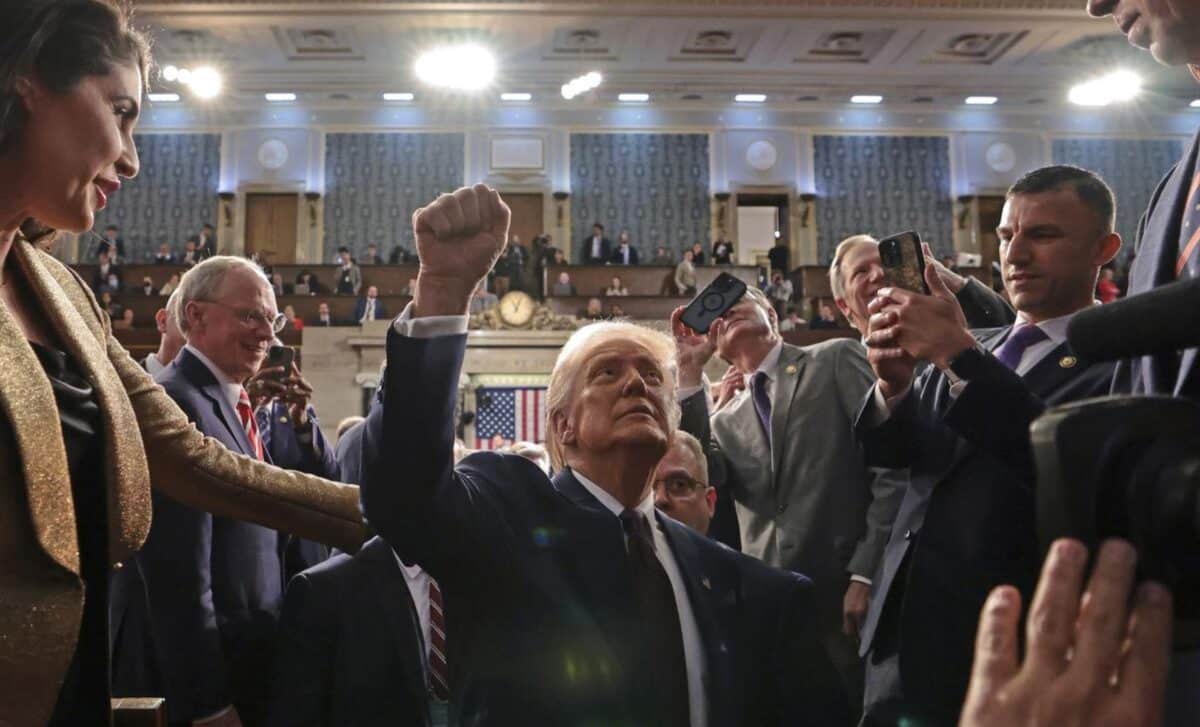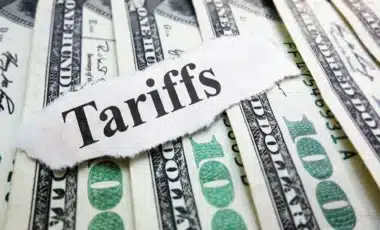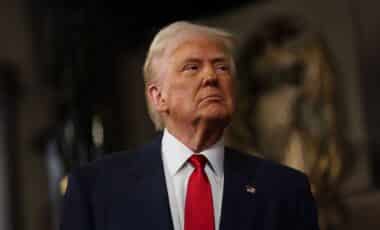President Donald Trump reaffirmed his commitment to economic protectionism and government downsizing in his first congressional address since returning to the White House. His speech, marked by partisan clashes, was met with applause from Republicans and protests from Democrats.
A Combative Return to Congress
President Donald Trump delivered his first address to Congress since his return to office, using the platform to outline his administration’s continued focus on tariffs, deregulation, and federal spending cuts. The speech, which took place in a deeply divided chamber, underscored his confrontational approach to governance.
As he took the podium, Republican lawmakers chanted “USA”, while Democrats—some wearing protest slogans—voiced their opposition. Representative Al Green of Texas was escorted out after criticising Trump’s legitimacy, an early sign of the tense atmosphere that defined the night.
Despite warnings from Democratic leadership to maintain decorum, some members heckled the president, while others walked out in protest. Trump, unfazed, used the moment to criticise his opponents, claiming they would never support his policies, regardless of their success.
Expansion of Tariffs and Economic Uncertainty
A major focus of Trump’s speech was his escalation of trade tariffs, a policy that has sparked concerns over economic instability. He announced that reciprocal tariffs—whereby the U.S. will impose identical taxes on imports from countries that tax American goods—will take effect on April 2.
“Whatever they tax us, we will tax them,” Trump declared. However, he did not address the fact that tariffs are paid by importers, a cost often passed down to consumers.
According to recent economic reports, these measures have already led to market volatility, with investors fearing an escalation into a global trade conflict. Critics argue that such tariffs could increase costs for American businesses and households, adding further pressure amid ongoing economic uncertainty.
Despite this, Trump framed the policy as a means of protecting national interests, dismissing concerns over rising prices as a necessary “disturbance” in pursuit of economic self-sufficiency.
Domestic Policies and Partisan Divides
Trump used his address to highlight his administration’s efforts to dismantle diversity hiring programs and freeze foreign aid, framing these actions as necessary steps to eliminate what he called “weaponised government”. He argued that such programs unfairly prioritised identity over merit and pledged to restore a system based solely on qualifications.
The president also defended his foreign aid cuts, claiming they were part of a broader effort to redirect resources toward domestic priorities. However, critics have warned that these reductions could weaken U.S. diplomatic influence and undermine global stability.
At home, concerns over the impartiality of federal prosecutions have grown, with Trump’s Justice Department initiating legal action against some political opponents. This has raised questions about the neutrality of law enforcement under his administration, adding to the already deep divisions in Washington.









